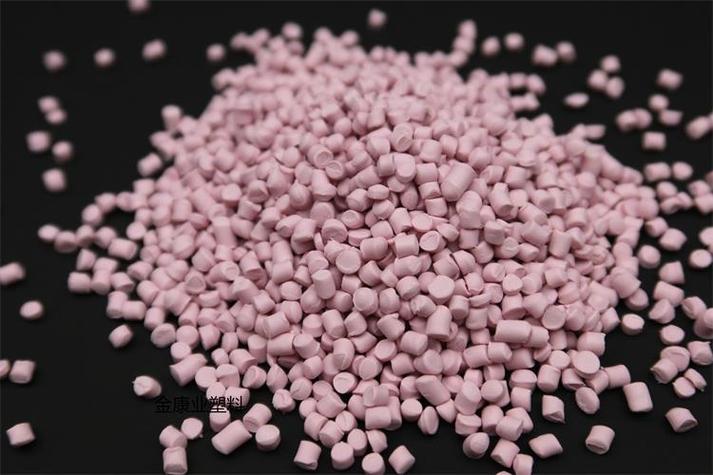PC/ABS vs PC Granules
Release time:
2025-08-04
In the vast field of polymers, the choice between PC/ABS (polycarbonate/acrylonitrile butadiene styrene) and PC (polycarbonate) is a critical decision for manufacturers and engineers. Both materials belong to the polycarbonate family, but they exhibit unique properties that make them suitable for a wide range of applications. The purpose of this article is to dissect the differences between PC/ABS and PC, exploring their composition, properties, applications and the factors that influence the choice between the two.
Composition: Blends vs. Single Polymers
PC/ABS (Polycarbonate/Acrylonitrile Butadiene Styrene): PC/ABS is a blend of polycarbonate and ABS, combining the impact resistance and transparency of polycarbonate with the heat resistance and toughness of ABS. This synergy produces a versatile material with enhanced properties compared to each component alone.
PC (Polycarbonate): PC, on the other hand, is a single polymer known for its high impact resistance, optical transparency and excellent dimensional stability. It is often chosen for applications where transparency and mechanical strength are critical.
Key properties: balancing strength and transparency
1. Impact resistance:
PC/ABS: PC/ABS has good impact resistance, inheriting this property from polycarbonate and ABS components. It is suitable for applications where durability under mechanical stress is critical.
Polycarbonate: PC is known for its excellent impact resistance, making it the first choice for applications requiring transparency and high strength.
2. Heat resistance:
Polycarbonate/ABS: Although PC/ABS has moderate heat resistance, it may not match the heat resistance of PC. This makes PC/ABS suitable for applications where heat resistance is a consideration but not a major concern.
Polycarbonate: PC has excellent heat resistance and maintains its properties at higher temperatures. This makes it suitable for applications where exposure to high temperatures is a critical factor.
3. Transparency:
Polycarbonate/ABS: PC/ABS offers transparency options depending on the blend ratio, making it suitable for applications where both impact resistance and transparency are required.
Polycarbonate: PC is inherently transparent, providing the optical clarity often required in applications such as optical lenses, electronic displays and transparent housings.
Applications: Customised options for specific needs
PC/ABS.
Automotive components (interior parts, connectors)
Electrical and electronic components (housings, covers)
Consumer products (appliances, toys)
Medical devices
PC:
Optical lenses
Electronic displays
Transparent housings and enclosures
Medical Devices
Factors affecting material selection:
1. Balance of transparency and strength:
Choose PC/ABS when: The balance between impact resistance and transparency is critical, for example in automotive parts and consumer products.
Select PC when: Optical clarity is a major requirement, as seen in optical lenses and electronic displays.
2. Heat resistance requirements:
Choose PC/ABS when: medium heat resistance is sufficient and a combination of properties is required.
Choose PC when: High heat resistance is essential, especially in applications exposed to high temperatures.
3. Application details:
Choose PC/ABS when: Versatility, impact resistance and a combination of properties are priorities in applications such as electronic housings and consumer goods.
Choose PC when: Optical transparency, high heat resistance and dimensional stability are essential for applications such as optical lenses and transparent housings.
Conclusion: Tailoring the choice to the application
In the dynamic world of polymer engineering, the choice of PC/ABS over PC is driven by the specific needs of the application. PC/ABS excels in areas where impact resistance, transparency and versatility are critical, while PC excels in applications requiring optical clarity, high heat resistance and dimensional stability. As the industry continues to evolve, the versatility and unique properties of these polycarbonates allow them to play an ongoing role in shaping the modern manufacturing and design landscape.
Previous article
Recommended news
undefined







